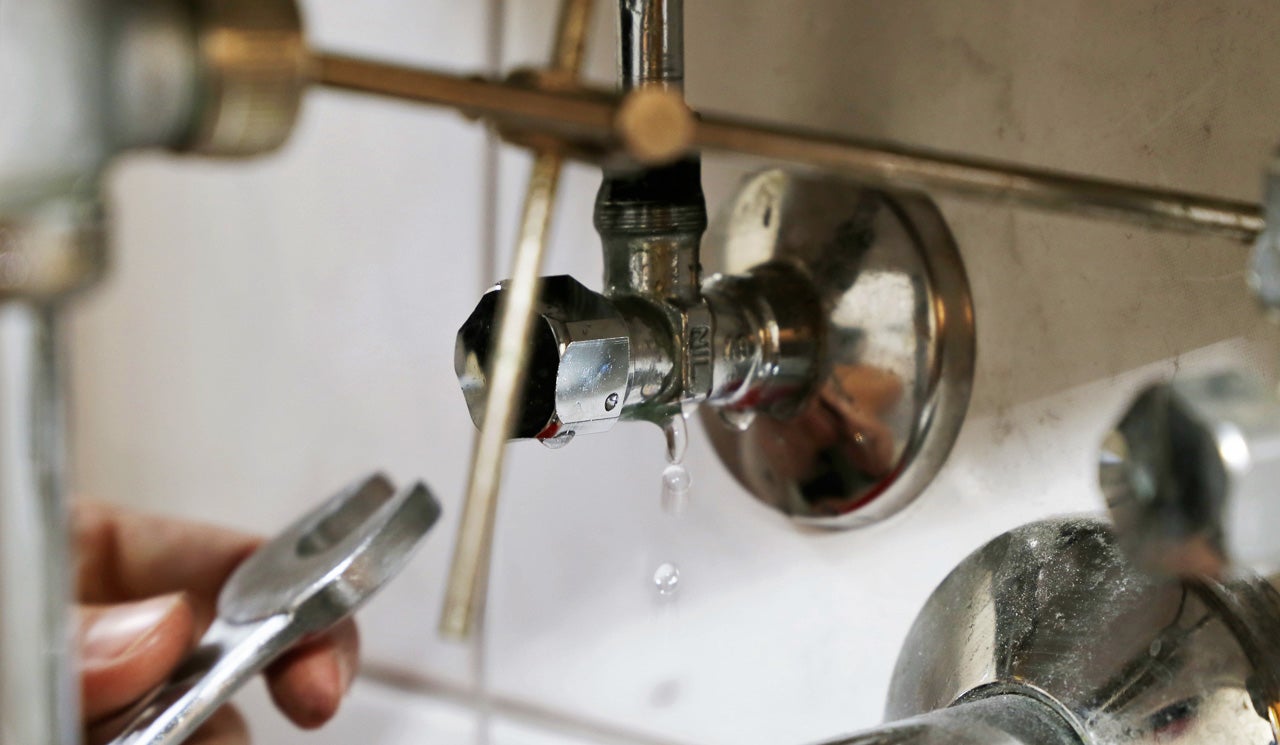Expose Concealed Water Line Leaks: 6 Tested Techniques for Spotting
Call TodayThe content down below about Locating water leaks is unquestionably motivating. Check it out for yourself and figure out what you think about it.

Early discovery of dripping water lines can reduce a possible disaster. In addition to saving you cash, it will certainly reduce the stress and disappointment. The minute you find a leak, calling your plumber for repairs is the very best remedy. However, some tiny water leakages might not show up. Here are some hacks that assist if you can not find it with your nude eyes.
1. Check Out the Water Meter
Every house has a water meter. Examining it is a proven manner in which helps you discover leaks. For starters, shut off all the water sources. Make sure no person will flush, utilize the faucet, shower, run the washing maker or dish washer. From there, most likely to the meter and also watch if it will alter. Considering that no one is utilizing it, there ought to be no movements. If it moves, that suggests a fast-moving leak. Likewise, if you detect no changes, wait an hour or two and check back again. This indicates you might have a slow-moving leakage that can even be below ground.
2. Check Water Usage
Evaluate your water bills and also track your water intake. As the one paying it, you need to observe if there are any disparities. If you identify sudden changes, despite your consumption coinciding, it indicates that you have leaks in your plumbing system. Remember, your water bill should drop under the exact same range every month. An abrupt spike in your costs shows a fast-moving leak.
A stable rise every month, even with the same behaviors, shows you have a slow leakage that's also slowly escalating. Call a plumber to completely check your residential property, particularly if you feel a cozy area on your floor with piping beneath.
3. Do a Food Coloring Examination
When it comes to water usage, 30% comes from toilets. If the shade somehow infiltrates your bowl throughout that time without flushing, there's a leakage in between the tank as well as bowl.
4. Asses Exterior Lines
Do not neglect to check your outside water lines also. Test spigots by affixing a garden hose pipe. Must water permeate out of the connection, you have a loose rubber gasket. Change this and also make sure all links are tight. If you have actually got an automatic sprinkler, it will assist get it properly took a look at as well as preserved every year. One little leak can squander lots of water and also increase your water bill.
5. Evaluate and also Assess the Scenario
Home owners need to make it a habit to inspect under the sink counters as well as even inside cabinets for any kind of bad odor or mold development. These two warnings show a leakage so punctual attention is called for. Doing regular inspections, even bi-annually, can conserve you from a significant issue.
Check for discolorations and compromising as the majority of devices and also pipes have a life expectations. If you think leaking water lines in your plumbing system, do not wait for it to rise.
Early detection of leaking water lines can minimize a possible catastrophe. Some tiny water leakages may not be noticeable. Examining it is a surefire way that helps you uncover leaks. One little leak can lose lots of water and increase your water expense.
If you suspect leaking water lines in your plumbing system, do not wait for it to rise.
WARNING SIGNS OF WATER LEAKAGE BEHIND THE WALL
PERSISTENT MUSTY ODORS
As water slowly drips from a leaky pipe inside the wall, flooring and sheetrock stay damp and develop an odor similar to wet cardboard. It generates a musty smell that can help you find hidden leaks.
MOLD IN UNUSUAL AREAS
Mold usually grows in wet areas like kitchens, baths and laundry rooms. If you spot the stuff on walls or baseboards in other rooms of the house, it’s a good indicator of undetected water leaks.
STAINS THAT GROW
When mold thrives around a leaky pipe, it sometimes takes hold on the inside surface of the affected wall. A growing stain on otherwise clean sheetrock is often your sign of a hidden plumbing problem.
PEELING OR BUBBLING WALLPAPER / PAINT
This clue is easy to miss in rooms that don’t get much use. When you see wallpaper separating along seams or paint bubbling or flaking off the wall, blame sheetrock that stays wet because of an undetected leak.
BUCKLED CEILINGS AND STAINED FLOORS
If ceilings or floors in bathrooms, kitchens or laundry areas develop structural problems, don’t rule out constant damp inside the walls. Wet sheetrock can affect adjacent framing, flooring and ceilings.
https://www.servicemasterbyzaba.com/blog/how-to-detect-water-leakage-in-walls/

I recently found that content about Top leak detection hacks while doing a search on the search engines. Enjoyed reading our review? Please share it. Let other people locate it. Thank you for your time. Visit us again soon.
Get instant help, call now!